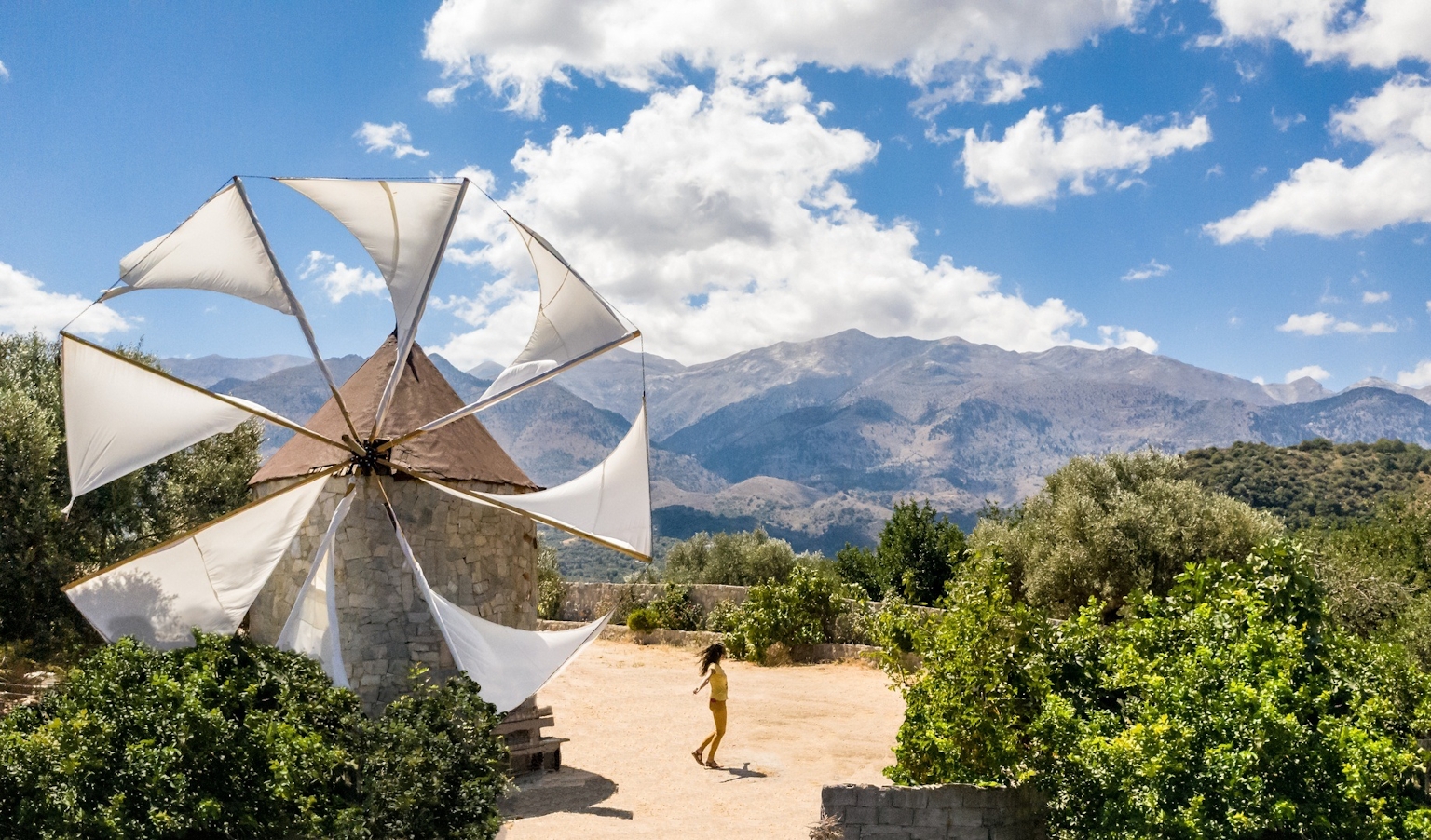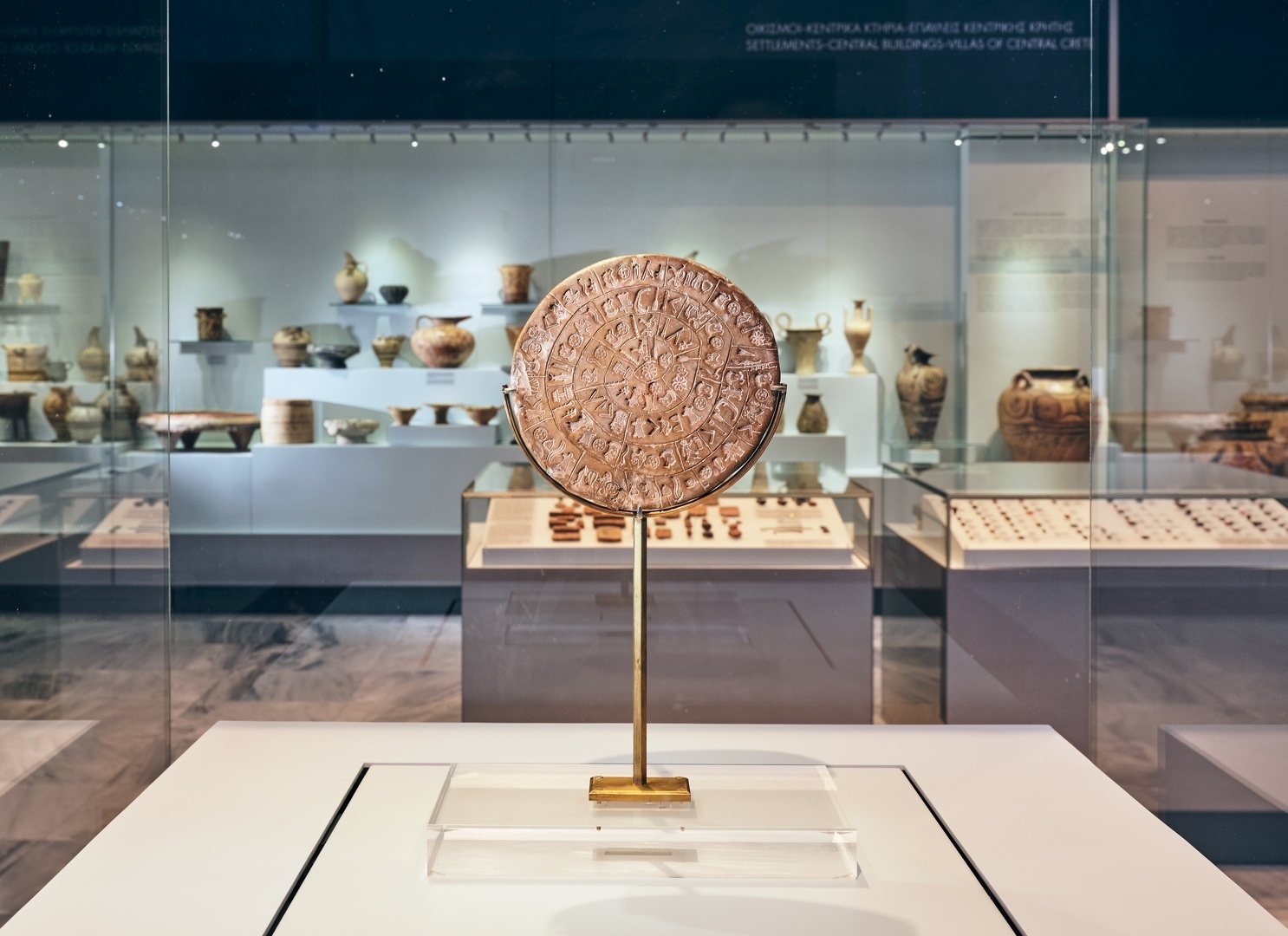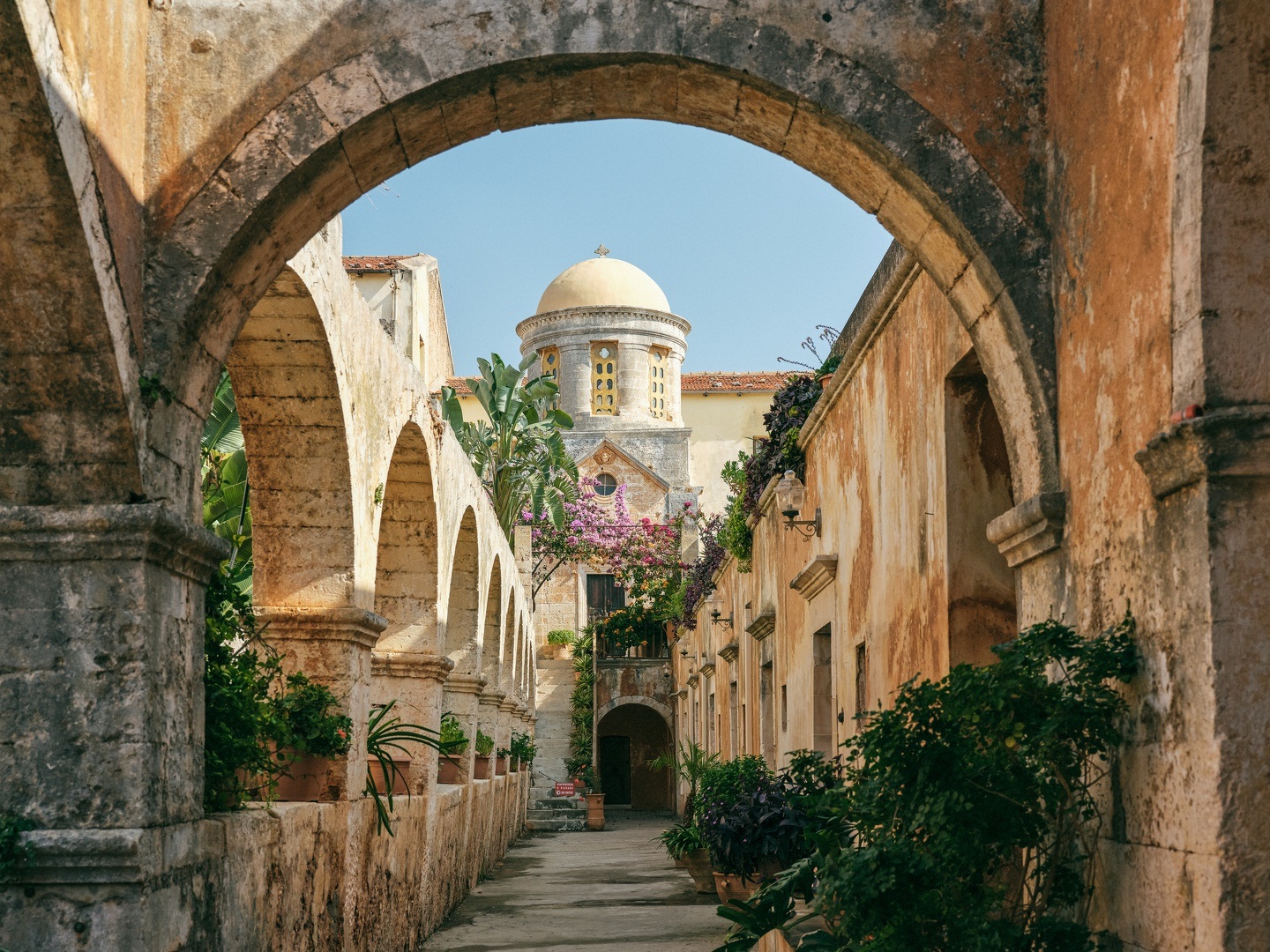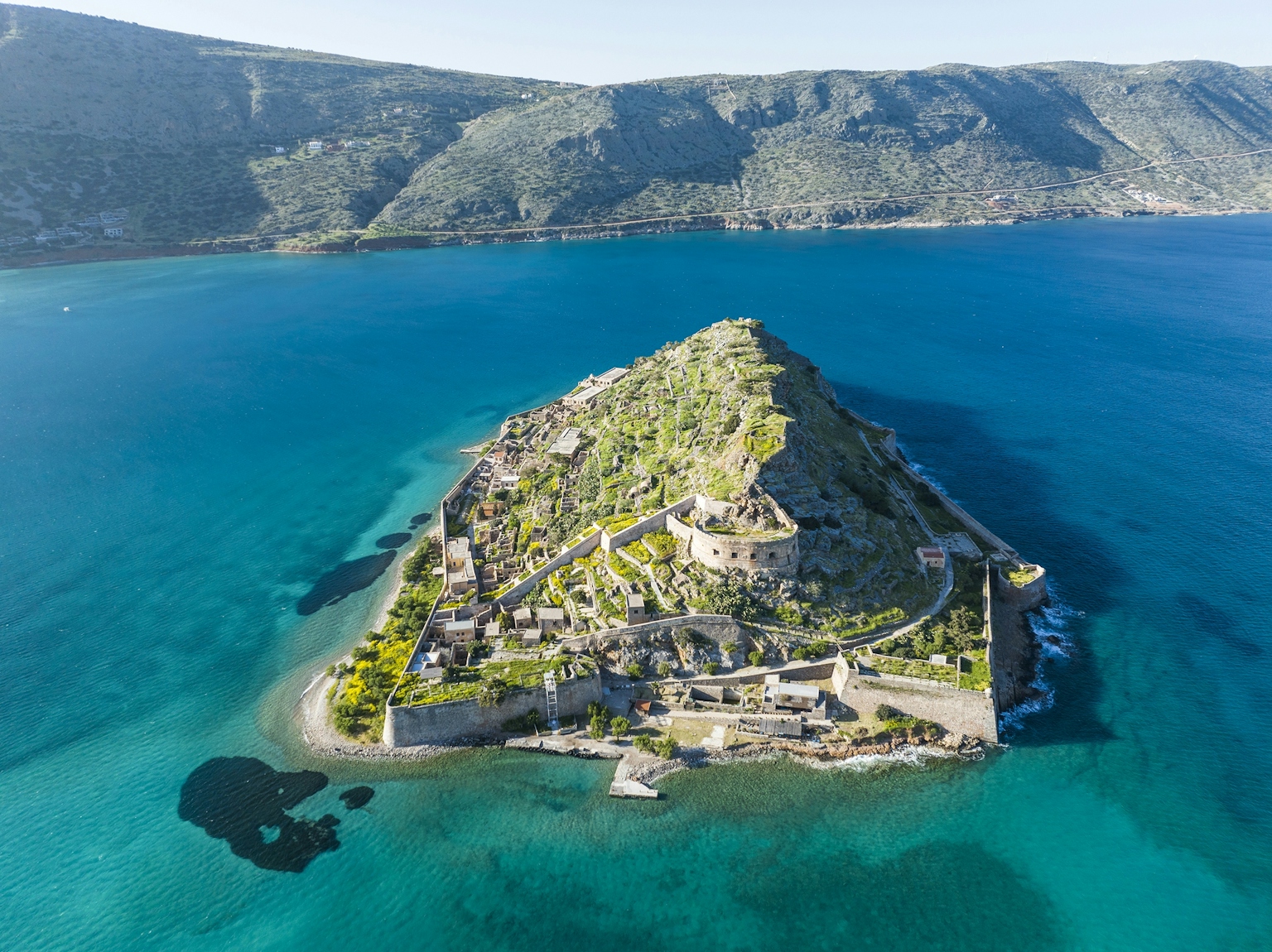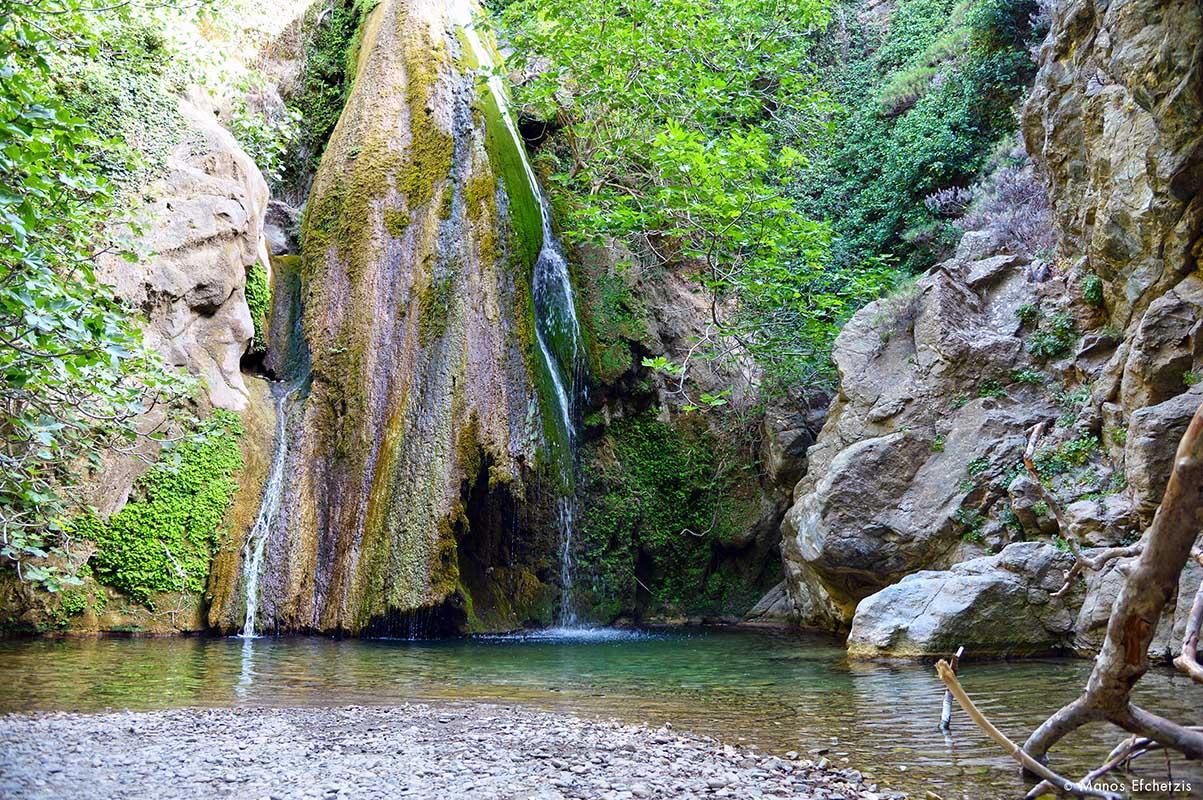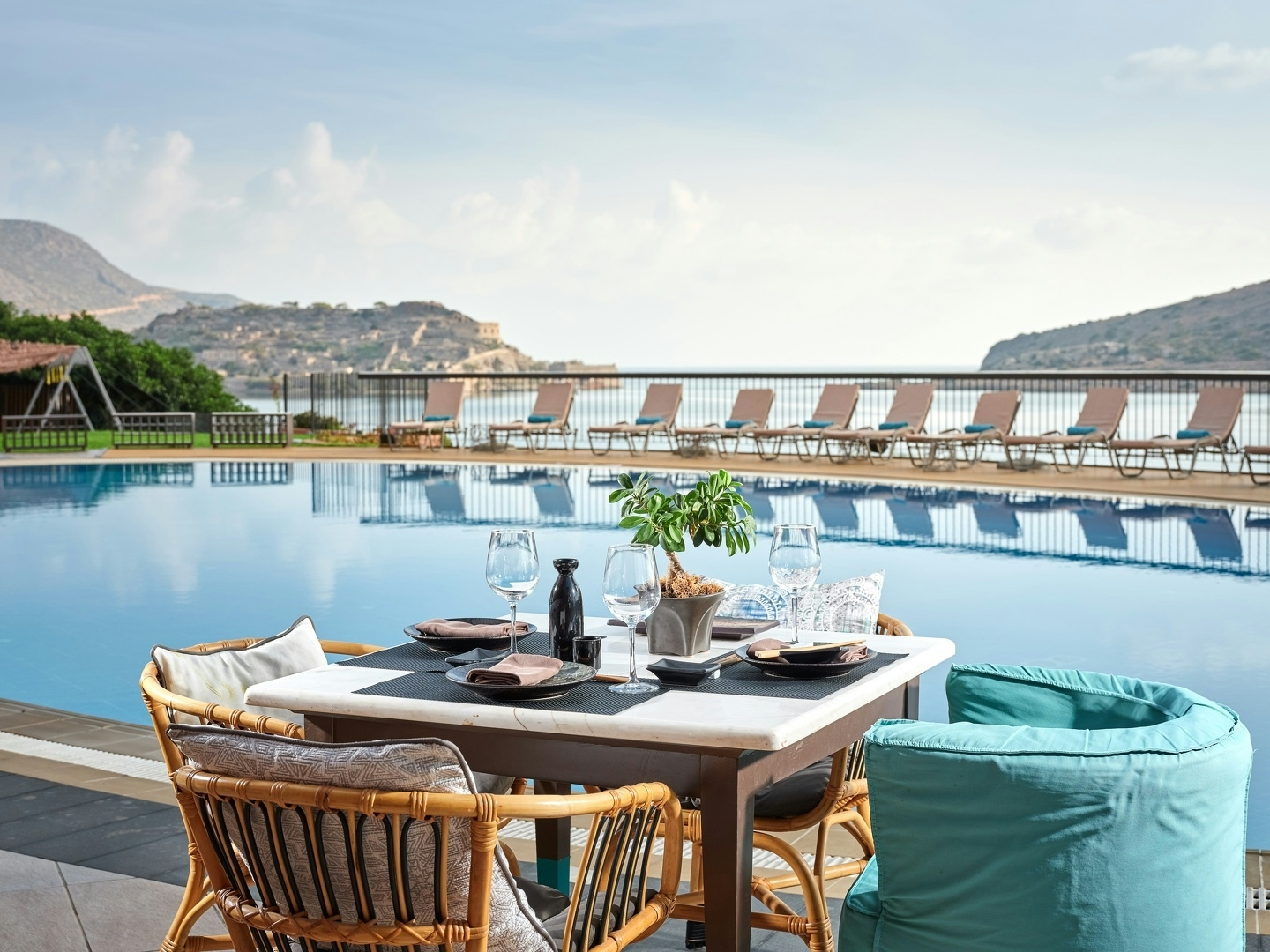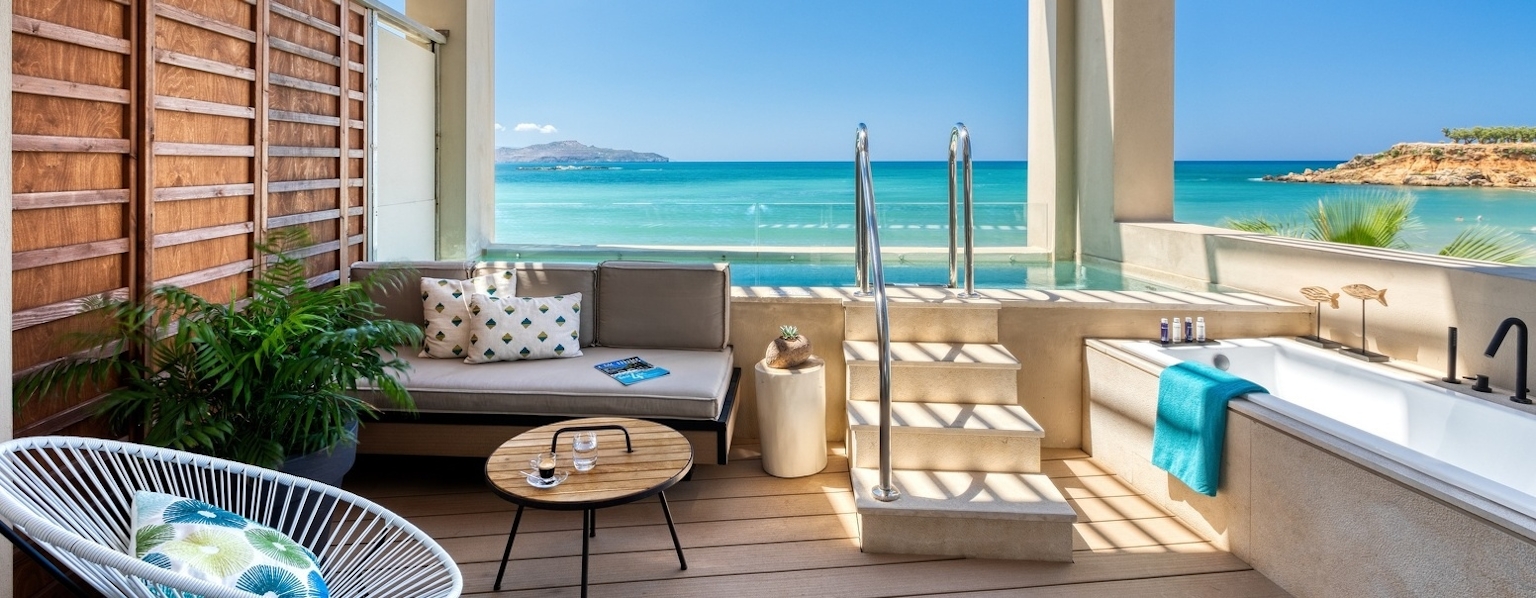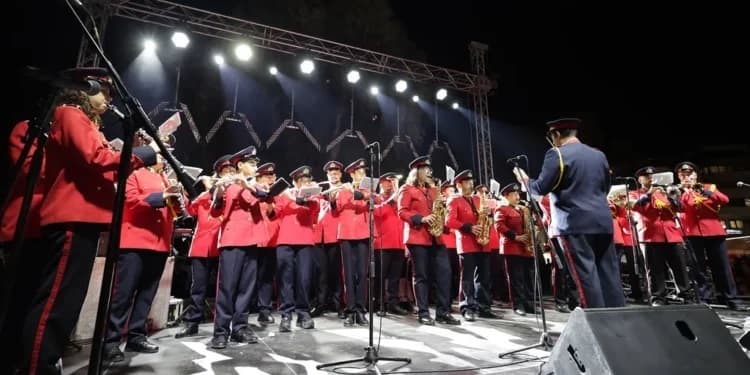Temple of the Goddess Demeter in Falasarna: Excavations Continue!
Author Discover Crete
Culture
Culture


Ongoing excavation work resumes this August 2025 at the Temple of Demeter in ancient Falasarna. The goal? To rescue votive offerings and study and restore the architectural remains of the sanctuary, perched on the acropolis of Falasarna, with its rugged hilltops and 5,500 years of history.


Elpida Hadjidaki, Director of the Falasarna Excavations and former Head of the Ephorate of Underwater Antiquities, explains:
“The sanctuary of the temple was uncovered in 2022, built on the saddle of the sacred rock of the city-state’s acropolis. That first dig revealed that the goddess was worshipped here as early as the early 7th century BC, originally in a natural cave where water flowed freely from the nearby mountain. When the cave collapsed, the Temple of Demeter was built on its ruins in the 5th century BC. Former water collectors were repurposed for ritual use.”
Among the finds were votive offerings from the Archaic and Classical periods—clay heads of Demeter wearing polos, statuettes of robed women, miniature decorated hydriae, silver and bronze jewellery. The name of Demeter appeared engraved in the Doric dialect on dozens of these sacred dedications.
Intriguingly, several statuettes found here show an Eastern artistic style: female figures with tall polos, diadems, and intricate Daedalic hairstyles—dated to the early 7th century BC. These might be among the earliest Daedalic figurines ever discovered in Crete. Scholars are now exploring possible connections with the Phoenician mother-goddess Astarte, supported by other evidence of Phoenician presence in Falasarna.


In 2023 and 2024, archaeologists explored structures around the sanctuary, revealing natural cavities used for offerings. Alongside the Daedalic figurines were complete clay statuettes of birds, turtles, pigs, and oil lamps—all pointing to Thesmophoria festivals celebrated here in honour of Demeter and Persephone.
In August 2024, researchers dug ten trenches, each 5x5 metres, reaching down to the bedrock. For the first time, they uncovered Neolithic layers.
Last year alone, over 500 ritual objects and 200 building stones were unearthed, offering a clearer view of the site’s importance and depth. Among the deeper finds: handmade ceramics, grinding stones, obsidian and quartz tools, polished stone axes, and bone artefacts from the Late Neolithic (ca. 3500 BC), plus some Minoan pottery.
These discoveries confirm the site’s use during both the Neolithic and Minoan periods, as also suggested by the pre-Greek name “Falasarna”. Archaeologists believe the site’s earliest phase was marked by scattered caves, which were later fortified into a thriving city with monumental temples—underlining the strategic value of the entire Kastri peninsula for millennia.


Work also continued on the monumental fortified Gate of the harbour, built with massive square blocks and decorated with a graceful frieze. This phase of the gate is dated to the 2nd century BC, but it was built over the remains of an earlier structure from the 5th century BC or earlier. A large number of roof tiles found on-site suggest the monument had a proper tiled roof—likely Corinthian in style.
Tower 2, one of five defensive harbour towers, had been partially excavated back in the 1990s and 2000s, but further work was delayed due to the need for heavy lifting equipment. That changed in 2023 thanks to a generous grant from the AIGEAS Foundation (Th. & M. Martinos). Excavations revealed rows of fallen blocks belonging to the upper structure of Tower 2.
As all five towers sit on the same foundation level, this supports the idea that the entire harbour installation was built in the 4th century BC, following a unified architectural plan—just as ancient geographer Skylax (Skylax 47) describes.
The project is overseen by the Ephorate of Antiquities of Chania, represented by Dr. M. Milidakis and master builder K. Mountakis, under the direction of Elpida Hadjidaki. The excavation team includes archaeologists Dr. M. Bendon, P. Zervoudakis, G. Komninou, N. Maragoudakis, N. Bichaki, K. Borboudaki, G. Moraitaki, M. Tsourounaki, N. Fiotakis, and archaeology student O. Amarantidis. Master builders included I. Kounelakis, G. Kounelakis, H. Kounelakis, I. Charalambakis, and D. Hisani.


Conservation was carried out by A. Andreou, E. Katsoulaki, A. Kritsotaki, K. Nikolakaki, K. Terezaki, and volunteers L. Kurashvily, S. Rajh, and E. Hisani. Architectural drawings were made by A. and A. Nakasis, and photography by I. Glampedakis. A virtual reconstruction of the temple was produced in collaboration with Norwegian professor Gunnar Liestol, also a member of the Friends of Ancient Falasarna Association.
The work was presented at the 25th Annual Conference of the European Association of Archaeologists in Rome (August 2024) by archaeologist P. Zervoudakis, and led to the publication of an article titled:
"Kourotrophic deities in Archaic Crete: a black figure depiction of the birth of Artemis found in the Temple of Demeter, Phalasarna."
Funding for the project continues thanks to the AIGEAS AMKE Foundation (Th. & M. Martinos), with material support provided by the A. Karatzis Group since 2013.

